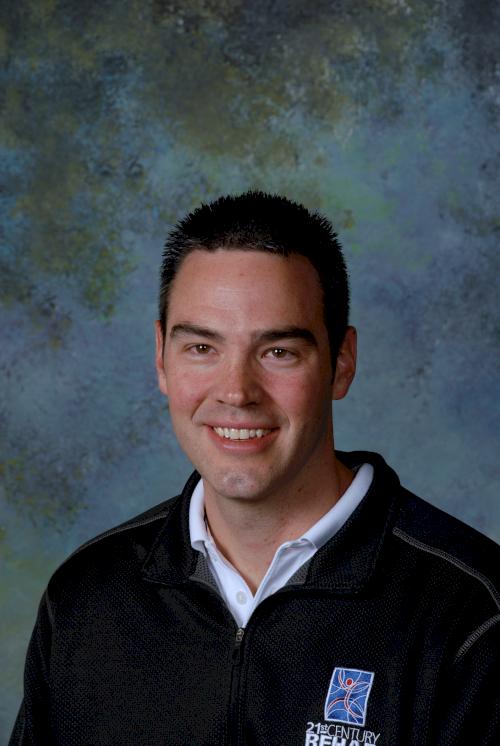Focus on worker safety can improve the bottom line
May 12, 2016 | Jason Horras, Vice President, Director of Occupational Health, 21st Century Rehab

The bottom line for most companies is increasing profitability. Often companies focus solely on increasing sales or services to drive this profit growth. It is important to remember that it is usually easier to keep the revenue already generated by reducing the cost of doing business than it is to create more business. Hiring the right workers and keeping them safe and productive at work should be a huge focus for all businesses. Who wants to hire the next ticking time bomb or severe workers' compensation injury? There are several steps that can help reduce the risk of this happening through a simple focus on Risk Reduction/Prevention philosophy.
- Pre-work screening: Hire the right workers. Reduce the risk of Musculoskeletal Disorder Injuries (MSDs) by hiring workers who have a match between their physical abilities and the physical demands of the job (essential job functions).
- Detailed functional job descriptions/physical job demands: Accurately defined essential physical job functions that are validated by current employees.
- Create and implement a proactive return-to-work policy: Proactively implementing a restricted duty return-to-work policy, within three days or less (standard threshold for the state of Iowa), will help prevent escalating MOD rates.
- Education and stretching programs: Educate employees that the way they sit, stand, and move can affect their physical and mental well-being. Promote positions and movements prior to and during work that reduce discomfort and improve productivity.
- On-site or off-site triaging: Early identification of discomfort and use of conservative treatment/recommendations to prevent significant recordable injuries or illnesses from occurring.
- Reduce OSHA 300 log recordable injuries/illnesses: Accomplished thorough early triage and thorough understanding of ‘first aid” under OSHA regulation 1904.7 (b).
